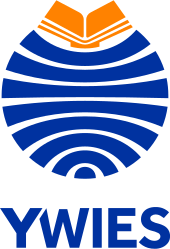Go Back
News
Wechat News
Home Learning: Developing Future-Oriented Learners
Wechat News
07 Apr, 2020
10 : 00
A month ago, when she saw the children for the first time on camera, Cecilia, Maths Teacher and Director of Learning Communities, felt that the atmosphere of the class was like Chinese New Year. "The children haven't seen each other for a long time," she said. "There are kids you can tell are 'looking in the mirror' on the camera, and there are babies crying out of the microphones."
From the skill of managing cameras and microphones to the new logic of big interactions, Cecilia is adapting better. In class, when some children were distracted by the cosmetics in the background of Cecilia’s place, she took the opportunity to teach, picking up a perfume bottle, measuring its circumference with wool, and inviting the students to look for the small objects around them to do the measurement and calculation homework together.
YWIES Beijing home learning is in its ninth week. Every day, Chinese and Western teachers each conduct classes at home for 50 minutes, with a total of two hours of self-study for students. Arts, violin, library, sports and music are all included.
"Home learning is not simply copying traditional teaching, and teachers are redesigning the curriculum. Students finish reading at home, explore independently, discuss and share in limited home learning time, and the teacher gives feedback and corrections, which especially reflects the concept of 'flipped classroom'," YWIES Beijing Chinese Co-Principal Jessica Sun said.
A Teachable Moment
Students not only experienced a lot in this outbreak, but also learnt a lot. What did this outbreak leave in their journey of growth? Grace, a Grade 6-8 Chinese teacher, designed a thematic reading programme.
The Grade 6 theme is "How to Be a Global Citizen." "We talked about how to identify rumors, how to empathise; saw the actor of joker's acceptance speech at the Oscars, to reflect on humans, the environment, the epidemic, and empathy. After reading Forest Bear, we discussed with the students animal protection. We also discussed zoos, and asked the students to design their ideal zoo, which would extend to the rewilding of animals.
The theme of Grade 7 is "Big Love of Little People". Grace constantly updates the material and brings current events into the classroom. Poems on Japanese donated materials, compared with the slogan of "hard core epidemic prevention", triggered class discussion, and rap songs written by Grade 8 students were also included in the appreciation.
Grade 8 continued the "news" section of last semester, exploring how to identify rumors, how to form their own rational thinking in reading, and express it. Under the theme of "How Humans Get Along with Nature", they watched Shanghai doctor Zhang wenhong’s talk about viruses, discussed whether the epidemic would have been worse in ancient times, listened to Bill Gates' speech, and created a theme work for this special period on Valentine's Day. "Education during the outbreak can be a valuable teachable moment. What students feel and express can let them grow in the outbreak." Grace hopes that students can have independent judgment, establish a connection between events, between texts, between texts and themselves and between texts and the world, observe life from multiple perspectives, express their real experience and thinking, and enhance their ability of critical thinking, co-operation and communication in comprehensive learning.
Grace also assigned a special task to the Grade 8 students to interview their parents about their feelings during the SARS period. Yang enxi's mother felt it was " a more equal dialogue", "This comparison and connection between time and space allows parents to participate in their children's learning in another capacity. Supervisory involvement for adolescents is outdated, while this egalitarian approach is more supportive and it is expected by parents."
"With the curriculum design covering the current society, children's learning is not disconnected from the real world." Enxi's mother saw that in the Maths class, where the teacher asked the children to use the knowledge of statistics to conduct data analysis of the epidemic situation. The Chinese teacher and the students discussed the various realities of the epidemic situation together. "These open questions made the children start to have a deeper reflection on the epidemic situation and some of our own behaviours. The purpose of these discussions is not to lead to any conclusion, but to nurture the children’s rational thinking, which also enables the child to feel their social responsibility."
Plant a Seed
When home learning first started, the Ministry of Education stipulated that no new teaching is allowed, which presented teachers with both challenges and opportunities.
“In the daily teaching of the school, due to the pressure of teaching tasks, we first need to complete the study of the text. On the one hand, we can only focus on the basic grasp of words and sentences. On the other hand, even in class reading, it is difficult for students to fully concentrate on the book.” Using a "chunk of time" at home, Kristin, a Grade 3 Chinese teacher, took the children "down to pure reading" to develop the habit of reading and creativity – the primary goal of traditional Chinese learning.
A four-week reading class on the theme of "The Story of the Fox" covered a reading of 20,000 words. Teacher Kristin made full use of the "flipped classroom" to do text comparison reading and in-depth analysis. She recorded the "character analysis of the article" and made it into a 20-minute micro-class video. "In this way, the content that cannot be detailed in the class can be fully absorbed and understood by the students in an independent environment." In the future, Kristin plans to continue this experiment and integrate it with classes.
Kristin described reading of the entire book during home learning as "like planting a seed of reading," and she is "like a farmer in the autumn harvest, immersed in the joy of harvest." Everyone's creation of fairy tale is of very high quality. The stories are structured well with natural transition and clever 'turns' to attract readers. From many children's stories I can read the warm and delicate description of Nankichi Niimi. Such joy is the crowning achievement of a teacher."
In the process of reviewing knowledge points, Cecilia, a Grade 3 Maths teacher, pays more attention to the connection between knowledge and the real life. "This is a time when there is relatively little teaching pressure, no rush, more activities and games, and more emphasis on the development of children's interests, such as applying mathematics to the real life and connecting with the real world." For example, in a game of number coding, Cecilia asked the children to make an "ID card" for their family pet and arrange the numbers accordingly.
For higher grades, the maintenance and improvement of subject skills is always the goal and focus of home learning. Samantha Shaw, Grade 7-8 English teacher, doesn't let up. She assigns students a mission of reading and writing every day. Two hours of "independent time" is enough for students to complete independent study and review.
"Today, we're going to review the writing of persuasion." "Today we're going to write a poem in iambic pentameter.”
Every morning, Samantha publishes "today's learning task" in Teams class page, including audio guide, and reference material, like translation of some key words. Sometimes students are paired up to complete the task. "Our English humanities and science classes are also an excellent opportunity for students to further develop their English skills. We encourage students to collaborate with each other, discuss their ideas, and share their learning experiences with us and peers. The Secondary School learning communities also provides a lot of learning support. "
Learning Motivation Is Everywhere
Iestyn Shaw, an Arts teacher, has found that home learning interactions allow students to ask questions, explain to each other, and offer support. This allows home learning to run smoothly and keeps students enthusiastic. "For art and design subjects, the current home learning platforms are limited, as students are unable to collaborate on practical projects or use a variety of learning resources at home. But that hasn't stopped students from developing their artistic skills and knowledge." Iestyn designed a unique theme for each grade, including African arts, animals, everyday objects, illusions, food and drink, while the upper grades were exposed to cubism and surrealism.
Teacher Cecilia also noticed that after a period of home learning, students' concentration actually improved in their own study space. Children who are usually reluctant to speak up in class become active in home learning. Ms Jessica Sun, Chinese Co-Principal, was also surprised, "Learners have different learning styles. Maybe they find a more convenient way to learn at home and they are more engaged. We want these students to gain confidence and then go back to the traditional classroom and show the positive side, believing 'I can do it'.”
Home learning is harder for younger children who lack self-discipline, but parents have expressed gratitude and support.
“Although preschoolers are easily distracted and can't fully absorb the home learning, we felt that the teachers really have serious thinking and the home learning content is very rich, including English, Chinese picture books, mathematics, sports and other aspects." To the surprise of K4 class Guo jiarong's mother, the teachers observe the children very carefully, and timely feedback and correct children’s mistakes. Seeing the children drawing on the screen, the teacher did not criticise, but praised those who did not draw. It wasn't long before the teacher came up with a way to effectively use the screen for interaction by having the children take turns writing numbers on the screen or circling specific patterns on the PPT.
"Home learning allows us as parents to have a better understanding of the basic state of our child's learning and to infer what he is doing at school. The parent-child relationship is being strengthened, but the interactive network between teachers and students cannot be completely replaced. We know home learning is the best option right now, and parents are grateful for the school's quick response to the outbreak." Grade 2 student Andrew's mother admitted that due to the lack of interaction between teachers and students and between students, and competition, home learning may have a certain impact on learning discipline and consolidation of knowledge. She expects the school to make careful evaluation, regulation and adjustment on this after students returning to campus in the future.









